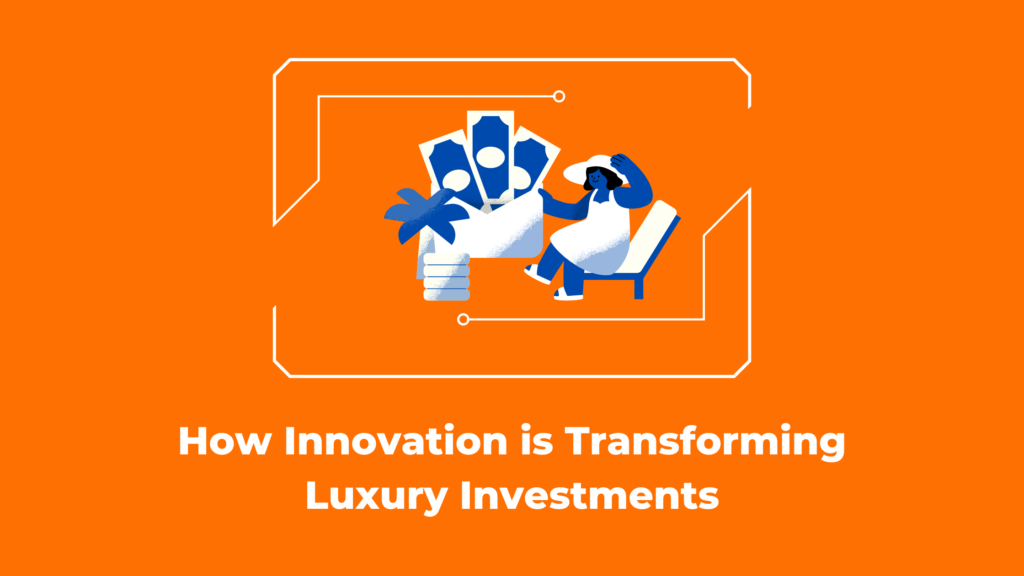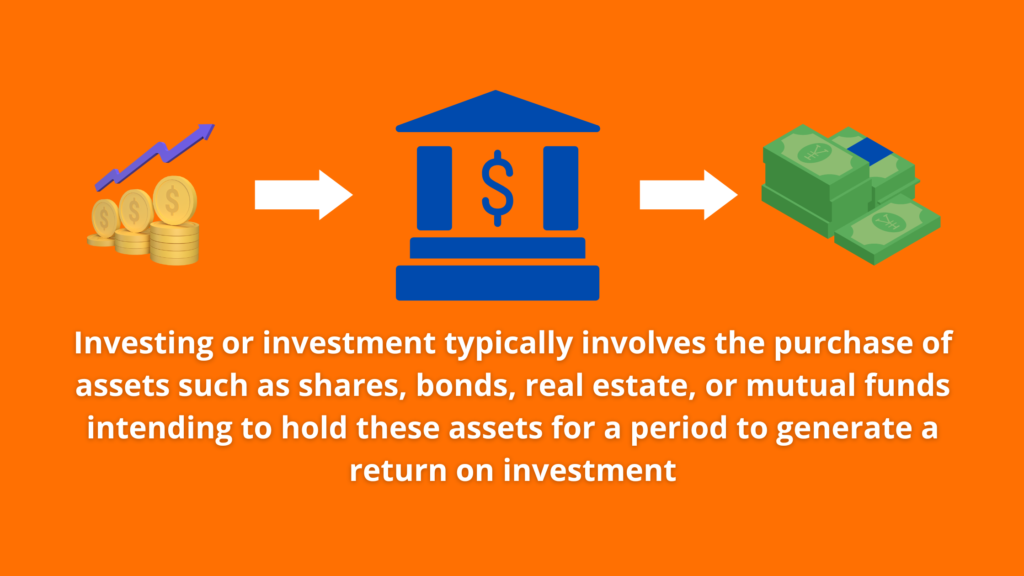As technology continues to evolve and disrupt a variety of sectors, the traditional luxury market is not left untouched. This fascinating intersection between technology and tradition is altering the landscape of luxury investments, incorporating innovation in a space that was once solely about craftsmanship, heritage, and tangible assets.
The luxury investment market, traditionally dominated by classic cars, fine art, vintage wines, and high-end real estate, is experiencing a technology-induced metamorphosis. This shift sees the introduction of digital assets, tokenization, AI-driven market analyses, and the expansion of the luxury market into a virtual realm, ultimately reshaping the perception and operation of this sector.
Digital Assets and NFTs
The advent of digital assets, particularly non-fungible tokens (NFTs), has been a game-changer for the luxury market. An NFT is a type of digital asset created using blockchain technology, known for supporting cryptocurrencies like Bitcoin and Ethereum. However, while cryptocurrencies are interchangeable, NFTs are unique, and thus capable of representing ownership of a distinct item or piece of content.
NFTs have carved out a niche in the art world, bringing traditional luxury investment to a digital platform. Digital art, once struggling to secure its place in the mainstream art market due to difficulties in assigning ownership and value, is now a sought-after commodity. As of now, luxury brands are also exploring NFTs as a way to digitize and sell unique items, expanding their customer reach and bringing an exclusive, tangible experience to a digital platform.
Sustainable Innovations: The Rise of Man-Made Diamonds
The advent of man-made or lab-grown diamonds is one prominent example of how technology is reshaping the luxury market, particularly the jewelry sector. While traditional diamonds require extensive mining processes that have significant environmental implications, man-made diamonds are ethically sourced, sustainable, and bear identical physical, chemical, and optical characteristics as mined diamonds.
Furthermore, technology ensures they can be produced quicker and at a lower cost. This has made luxury jewelry more affordable and appealing to a broader audience who value sustainability as much as they value luxury. The acceptance of man-made diamonds is a clear indication that the luxury market is moving towards a future where sustainability and technological innovation align with traditional luxury values.
Tokenization of Luxury Assets
Tokenization, another innovation enabled by blockchain, is opening up the luxury investment market to a wider audience. Tokenization allows assets, such as high-end real estate, classic cars, and even fine art, to be broken down into smaller ‘tokens.’ Investors can buy these tokens, essentially owning a fraction of the asset, without needing to pay the full price.
This technology increases accessibility to luxury investments, previously a domain restricted to affluent individuals due to the high entry costs. Tokenization democratizes the luxury market, allowing more people to participate in this traditionally exclusive sector. It also provides liquidity to an otherwise illiquid market by facilitating the buying and selling of these tokens.
Artificial Intelligence and Market Analysis
The integration of artificial intelligence (AI) into the luxury investment space is another technological evolution enhancing the market’s potential. By analyzing historical data, trends, and market variables, AI can provide valuable insights to luxury investors.
For instance, AI algorithms can accurately predict the potential value increase of a classic car or a piece of art, providing a risk assessment for investors. Moreover, machine learning, a subset of AI, enables these systems to continually learn and improve their analyses, resulting in more accurate predictions over time. This increased reliability and efficiency in predicting market trends make the luxury investment sector more appealing to a broader audience, facilitating informed decision-making.
The Virtual Luxury Market
The advancement of virtual and augmented reality (VR and AR) technology has facilitated the expansion of the luxury market into a virtual realm. These immersive technologies allow potential buyers to experience luxury products virtually, from inspecting a classic car or touring a luxury property from thousands of miles away.
Furthermore, with the advent of metaverses – virtual reality spaces where users can interact in a simulated environment – luxury brands are buying virtual land and creating digital products. The virtual luxury market offers an exciting opportunity for investors and brands to explore uncharted territories, creating new experiences for consumers and redefining the concept of luxury.
Smart Luxury: The Integration of Technology in Luxury Products
Luxury goods aren’t immune to the digital revolution. “Smart Luxury” is a term that has emerged to describe luxury items integrated with technology, offering both status and functionality. Consider the rise of high-end smartwatches, like the Apple Watch Hermès. These watches blend traditional craftsmanship with digital utility, providing users with an elevated wearable technology experience. Luxury automobile brands are also investing heavily in smart features, incorporating AI and autonomous driving capabilities into their models. The evolution of “smart luxury” not only represents how technology is transforming the physical luxury market but also how luxury brands are evolving to meet the demands of an increasingly tech-savvy consumer base.
Challenges and the Road Ahead
While the intersection of technology and tradition offers promising opportunities, it also poses challenges. Issues surrounding digital asset regulations, the environmental impact of blockchain technologies, and the need for consumer education on new digital products are significant hurdles that need addressing.
Despite these challenges, the shift towards a technologically driven luxury market is inevitable. As technology continues to evolve, it will invariably reshape the luxury investment sector, challenging traditional norms while presenting new opportunities. It’s a captivating and thrilling ride, one that combines the allure of tradition with the promise of innovation.
E-commerce and Digital Showrooms: The New Luxury Shopping Experience
The emergence of luxury e-commerce platforms and digital showrooms has entirely changed the luxury shopping experience. Luxury brands are leveraging cutting-edge technology to provide immersive, personalized shopping experiences. AR and VR technologies are deployed to create digital showrooms, enabling customers to virtually try products or tour luxury properties from the comfort of their homes.
Meanwhile, AI-driven personalization tools provide product suggestions based on customers’ browsing history and preferences. These innovations break down geographical barriers, offering customers around the world access to a wide range of luxury goods. While traditional luxury purchases were associated with an in-person, tactile experience, the growth of e-commerce and digital showrooms highlights how technology is recreating and enhancing this experience in the digital realm.
Final Thoughts
In conclusion, the luxury investment sector, which once exclusively belonged to the realm of tradition, is embracing technological advancements. Through digital assets, tokenization, AI, and the virtual luxury market, technology is making luxury investments more accessible, democratized, and innovative. The marriage of technology and tradition is redefining luxury, propelling the sector into a promising, uncharted future.

Pardeep is the founder and editor of Small Investment Ideas. He believes that everyone can change their life with the help of small investments and achieve financial freedom.


